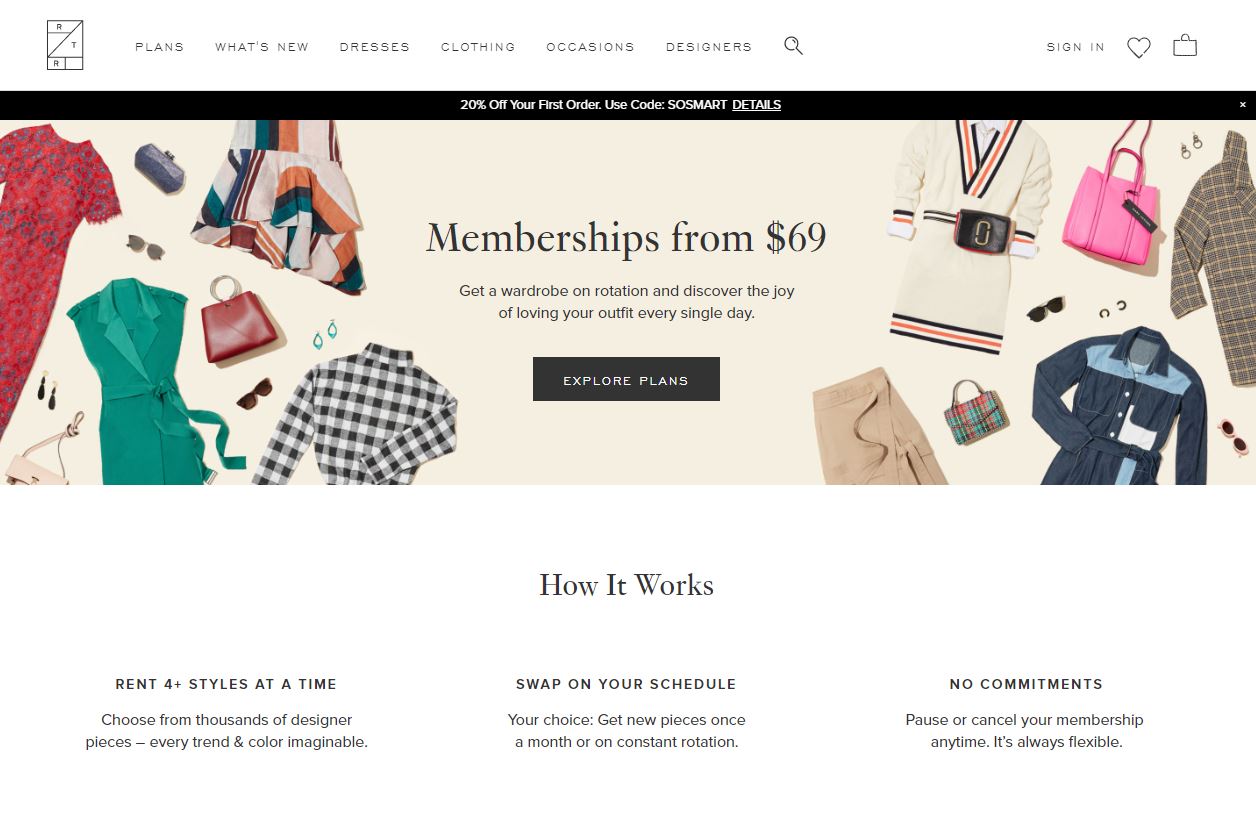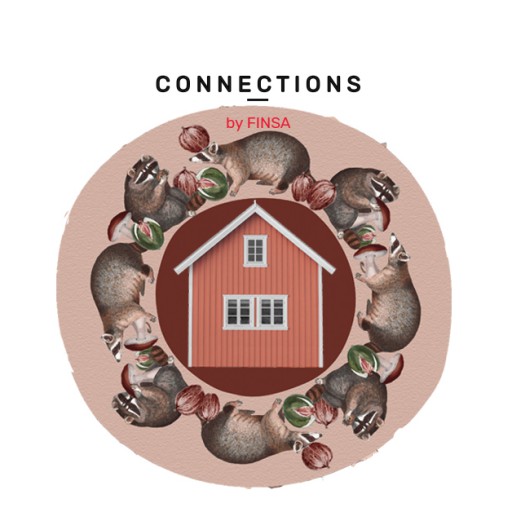Sustainability is the mantra of the 21st century. We took our time about it, but it seems that we are finally realising that there is only one planet and that if we want it to last we must care for it. But did you know that, according to the UN, the textile industry is one of the most polluting industries on the planet? Eight percent of the emissions contributing to the greenhouse effect are linked to the production of clothing and their transport.
As a response to the need to reduce our consumption, several different collaborative economy initiatives emerged on the internet. In the case of fashion, a new possibility has emerged: ‘clothing as a service’ or clothing rental, a service offered by companies that help you to reduce your physical wardrobe and complement it with a virtual one. The ‘closet in the cloud’ is more efficient than Marie Kondo when it comes to eliminating the superfluous.

Stylists for your wardrobe
Katrina Lake, the American founder of The Stitch Fix, was the first to see the opportunity to be found in shoppers’ lack of time. She started selling clothes online, following a personalised algorithm and specific recommendations made by stylists for each client. For a monthly fee, the client receives a box with five pieces of clothing and they decide which ones they will keep and which ones they will send back. This model spread across Europe with alternatives like Proeve (UK), Lookiero (Spain), and La Malle Française (France)
Why buy clothes when you can rent them?
All of these sites are based on what experts in sustainable fashion say is the key to the future for consumers who are becoming more and more socially and environmentally conscious: having a reduced wardrobe of high quality. The next step seems logical: why keep buying clothes instead of just using them and returning them?
In 2009, the leading clothing rental company Rent the Runway was born. At the beginning it was linked to luxury fashion and events, making it possible to rent dresses by famous designers for a special occasion. But over time and with the emergence of other companies, the concept has evolved from one-off rentals to monthly subscriptions which give clients the right to order and receive home deliveries of a limited or unlimited amount of clothes, depending on the amount paid. The companies have also expanded their wardrobes by incorporating pieces for day-to-day wear.

Currently, there are several different websites that help you to create a wardrobe in the cloud and, the founders of the fashion sharing platform Ecodicta highlight some of the advantages including saving time which used to be dedicated to going to stores and trying on outfits, the ease of trying on new looks and styles without the fear of getting it wrong, and the fact that you have a wardrobe that is constantly being renewed and updated with just one click. “You’re always wearing new clothes, you’re space isn’t overflowing or becoming disorganised, and you aren’t tempted to buy useless, low quality things; you’re leaving behind “buy and throw away” fashion”, explains Julia Weems, director of fashion at the Insituto Europeo Design.
Almost 10 million users worldwide are already using these platforms, which have been called “the Netflix of fashion”. Taking into account that according to statistics we buy an average of nine kilos of clothing every year, which costs us about 450 euros, this model still has plenty of room to grow.
Brands are signing up for rental
Renting is one of the trends of the future, and brands study which actions they should take so that they don’t miss out on their piece of the pie. Some brands are better at this than others. At the top of the list is Ann Taylor. This clothing brand, which has more than 400 stores across the USA, launched its own rental program in 2017 called Infinite Style. For a monthly fee of $95, users can order three pieces from the collection to use for a month and then exchange them for different ones. The footwear brand DSW is also evaluating the possibility of creating its own shoe rental program in its brick-and-mortar stores.

Circular fashion: from selling to recycling
Half of the clothes that we buy every year end up in the garbage. The low quality of market-dominant fast fashion products works based on “planned obsolescence” of the pieces which makes it impossible to sell them via apps like Vinted, ThredUp or TheRealReal. According to Enrique Dans, the rental trend “could make popular brands think about making longer-lasting clothes instead of the trend of pieces that you wear four or five times and then throw away, given that these pieces could pay for themselves over a longer period of time and generate higher economic returns.”
At the moment, the alternative is recycling, something that the companies themselves have realised: H&M’s clothing collection program offers you a discount for handing in bags of clothes that they promise will be reused or recycled, and Zara has collection bins for clothes that can be recycled or repaired and resold for social purposes. However, there is still a long way to go, given that out of the more than 16 tonnes of textile waste that is generated in Europe every year, only 25% is recycled.
What about you? Will you put your wardrobe in the cloud?




